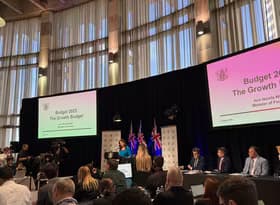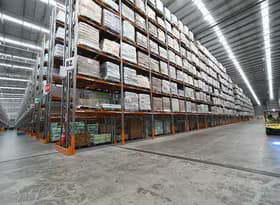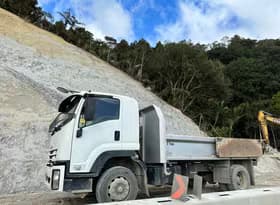Fuel is critically important to any economy, given it literally powers and enables the movement of goods and people, supports production, and underpins supply chains. A stable, secure, and affordable fuel supply helps maintain economic stability, and so knowing where fuel is sourced from better informs security of supply and the importance of strong trading relationships.
In this Chart of the Month, we analyse where New Zealand gets its fuel, and how the source of fuel has shifted over time.
Shifts in where our fuel comes from
The 2022 closure of the Marsden Point oil refinery and conversion to an import supply operation in Northland has changed what fuel New Zealand brings into the country, and where it’s from. Previously, New Zealand imported a mix of unrefined crude (usually direct from oil producing nations) and refined fuel. The unrefined fuel was refined in Northland and then used across the country.
Since the closure of Marsden Point, the source of New Zealand’s fuel has shifted substantially over time. New Zealand fuel imports are now already refined, at larger refineries in Asia with lower operating costs and more economies of scale.
As Chart 1 shows, Korea now provides the largest value of fuel imports into New Zealand, contributing 48% of the value of fuel imported over the 12 months to March 2025. Singapore was the second largest source, contributing 33% of total fuel imported.
The shift in 2022 shows that, previously, a large volume of unrefined crude from the UAE was imported and refined at Marsden Point, which was replaced with fuel from refineries in Singapore and Korea. Both countries import unrefined crude from across the Middle East, but in particular Saudi Arabia and the UAE.
As a result, New Zealand’s fuel security is still tied to Middle East fuel outcomes, and the price of New Zealand fuel is dictated by Middle Eastern oil prices, making the Dubai crude oil price reference point the best for New Zealand to track and consider.
But refining output, costs, and other trends in Singapore and Korea play an increasingly important role in New Zealand’s fuel supply chain. Any import issues, trading delays, or changes to refining outcomes in Korea or Singapore would have a considerable effect on New Zealand’s fuel system.
Previously, Australia and Saudi Arabia were key importers of fuel to New Zealand – the former for refined fuel and the latter for unrefined oil. Other important import partners over time (captured in the “All others” group) include Taiwan, Qatar, Indonesia, and Brunei Darussalam.
Imports fuel trade deficit with Korea
The shift in New Zealand’s fuel sources became apparent recently in discussions with Korean trade experts, while on a visit to Korea. New Zealand’s trade balance has blown out considerably since 2021/22, reaching a nearly $4b deficit in the 12 months to December 2024. That result is New Zealand’s second-largest trade deficit, behind Singapore (at around $5.3b). However, New Zealand’s fuel imports from Korea are the key component of this trade deficit, and with fuel removed, total NZ-Korea trade is fairly balanced.










